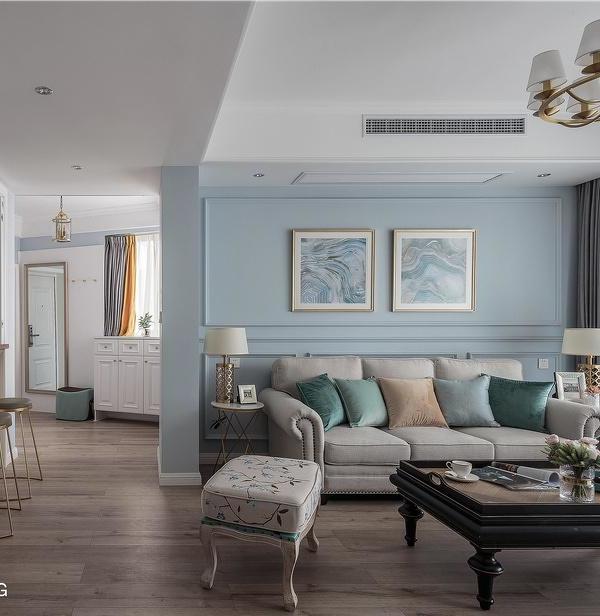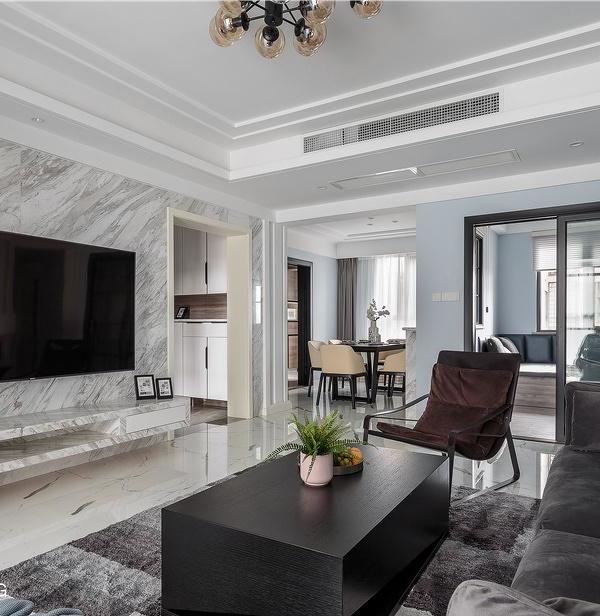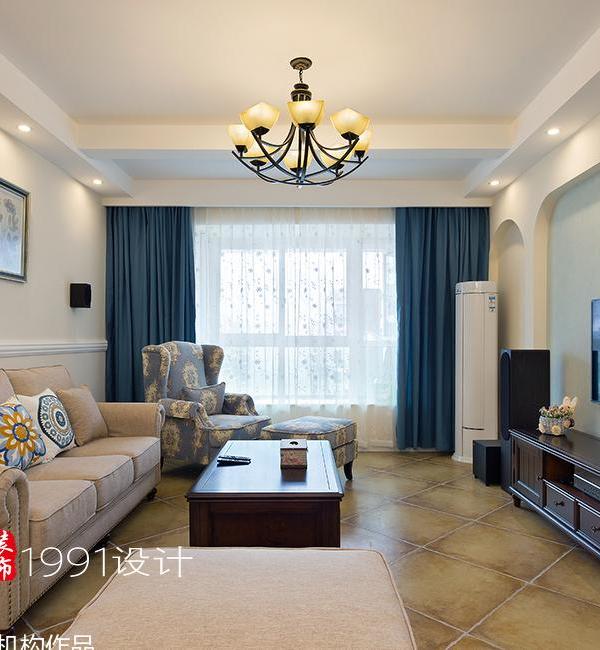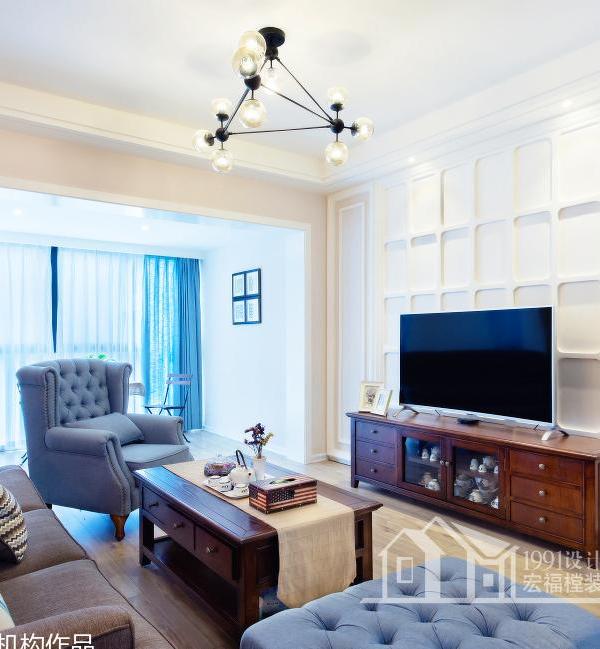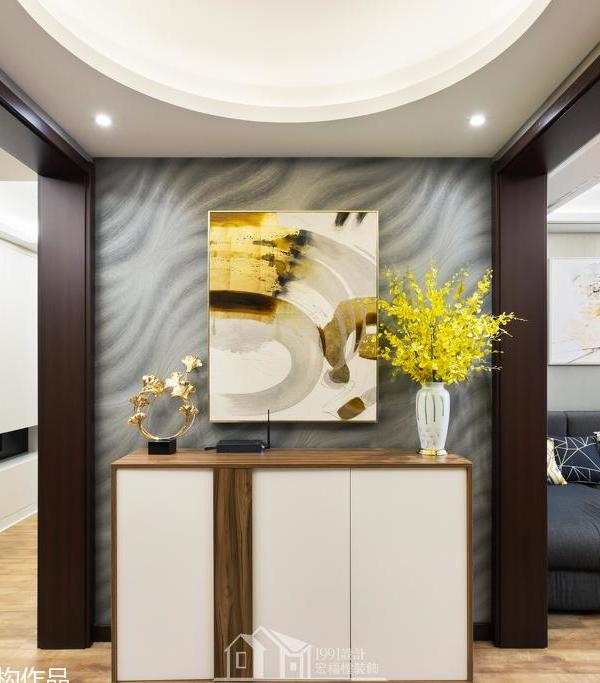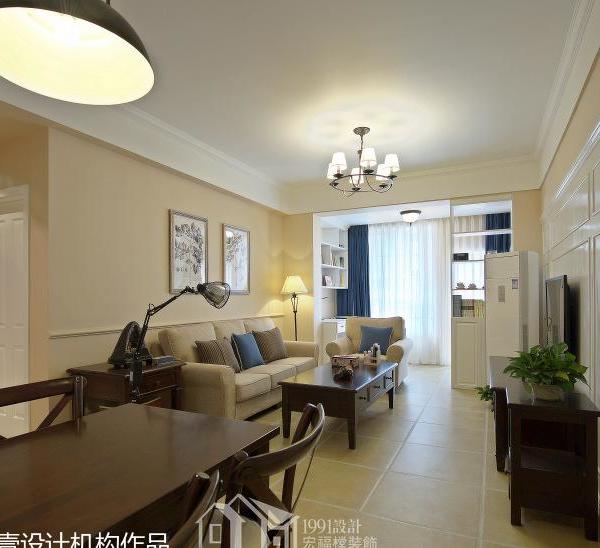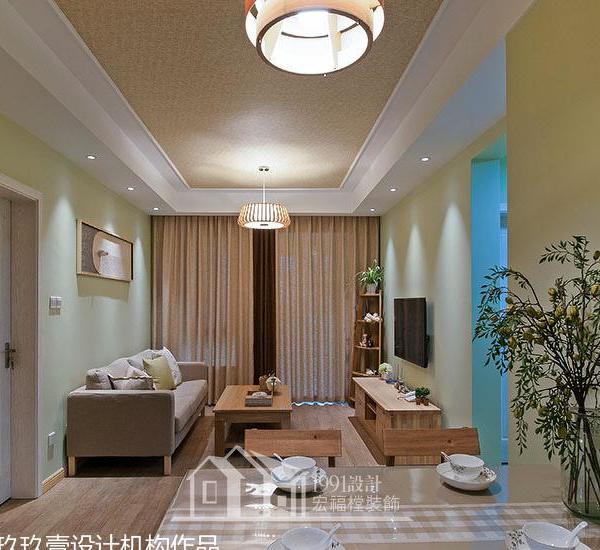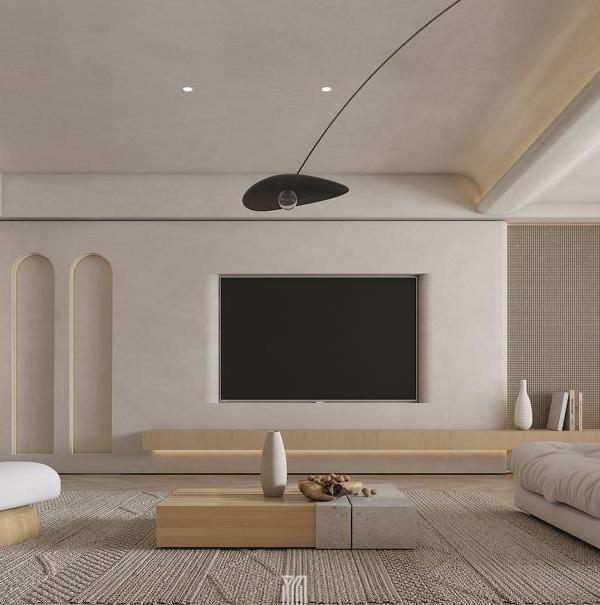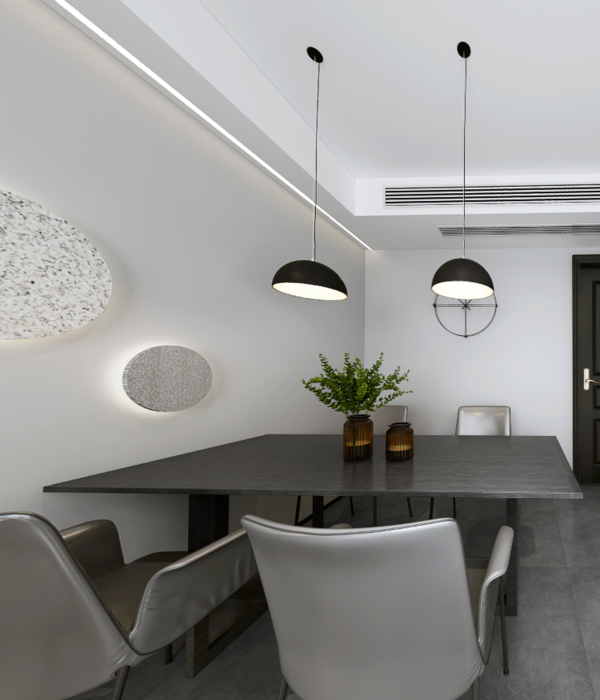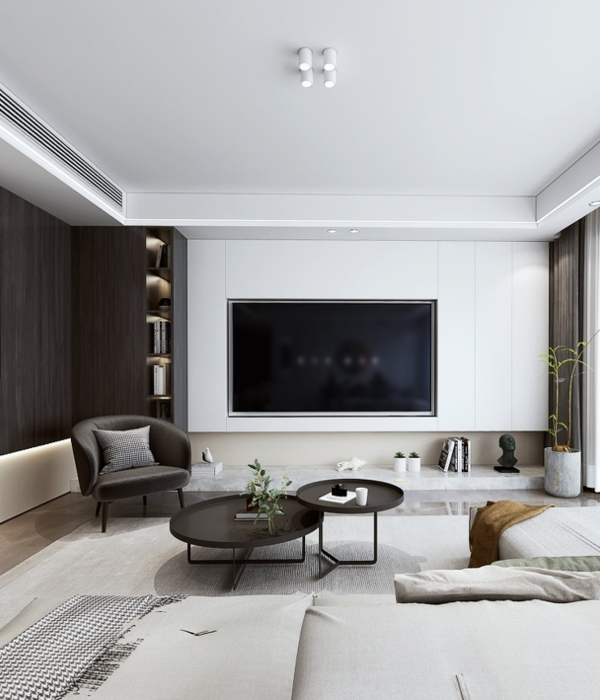JKP Architects 是中国深圳宝安湾区产业投资大厦国际竞赛的并列第一名。此办公建筑是一组变化的体量,将塔楼分割成一系列层叠的城市聚落。该设计在深圳提供了独特的地标性办公体验,带来最先进智能的工作环境,并通过绿带步行系统和新的公交总站加强与周边城市设计关系。
JKP Architects Ltd. is one of the joint winners at the international competition for Bao’An Bay Industrial Investment Tower in Shenzhen, China. The office building is a set of shifting volumes that break the tower into a series of terraced stacked urban blocks. The design offers a distinctive landmark office experience in Shenzhen that provides state-of-the-art work environments and enhances the surrounding urban fabric with pedestrian green spaces and a new bus terminal.
▼大厦外观远景,distant exterior view of the tower
▼大厦外观,塔楼被分割成一系列层叠的城市聚落,exterior view of the tower, breaking the tower into a series of terraced stacked urban blocks
该大厦位于深圳快速发展的前海区域中,拥有通往深圳宝安国际机场和珠江三角洲沿岸城市的快速通道。由于地理位置便利,对新办公空间的需求量很大,但机场对高度限制为150米。为了应对这一独特的限制,我们将整体建筑群分成几个较小的体量并内外转换,以便更好地将塔楼融入场地周围的规划。这些不断变化的体量给塔楼带来视觉上的轻盈感,建筑表现在层叠的露台和出挑结构语言上,与相邻建筑形成了丰富的对话。
The tower is located in a quickly developing neighborhood that boasts quick access to Shenzhen Bao’An International Airport and the cities along the Pearl River Delta. Because of its convenient location, there was ample demand for new office space but an airport-imposed height restriction of 150 meters. Responding to this unique constraint, the design breaks the monolithic building mass into a series of several smaller volumes that shift in and out to integrate better the tower into the scale of the site surroundings. These shifting volumes lend the tower a visual lightness—the building unfolds in a cascade of terraces and cantilevers that create a rich dialogue with the neighboring buildings.
▼大厦外观,层叠的露台和出挑结构给塔楼带来视觉上的轻盈感,exterior view, the building unfolds in a cascade of terraces and cantilevers, lending the tower a visual lightness
▼大厦外观局部,partial exterior view of the tower
这些较小的城市聚落(空中花园),每一个都成为独立自主的城市社区。每个聚落建筑体量的楼层都由旋转阶梯连接,形成垂直内聚的工作环境,促进协作并提高效率。旋转楼梯位于楼层之间分割而出的高大中庭内。通高的中庭在视觉上连接了城市区块的每一层,加上中庭外的俯瞰景观露台,共同打造里外融合的标志性聚集场所。
▼项目生成过程,the generation process
Each of these smaller urban blocks becomes its own self-contained urban neighborhood. The floors of each building volume are connected by spiral staircases, forming vertically cohesive work environments that foster collaboration and enhance productivity. The staircases are set in soaring atria carved out from the floorplates. The full-height atria visually interconnect each floor of the urban village and overlook landscaped terraces, offering signature gathering places that dissolve the distinction between interior and exterior.
▼通高的中庭在视觉上连接了城市区块的每一层,the full-height atria visually interconnects each floor of the urban village
▼中庭视线分析1,visual analysis of the atria 1
▼中庭视线分析2,visual analysis of the atria 2
▼中庭视线分析3,visual analysis of the atria 3
▼旋转楼梯位于楼层之间分割而出的高大中庭内,the staircases are set in soaring atria carved out from the floorplates
作为城市客厅,这些中庭构成了聚落的核心,将庞大而枯燥的传统办公楼分解成更小的、有凝聚力的聚落社区,合作与创意由此蓬勃发展,人气和效率进而提升。人们可以沉浸在来自露台的自然光中,而中庭突出了周围城市景观的独特优势,是所有租户可以来放松、交谈或进行非正式合作的社交聚会中心。径直通向露台上的空中花园,吸引员工放松,从工作压力中享受片刻悠闲。
通过将办公楼的首层大堂抬升至二楼,并将一楼的裙楼深嵌基地,此设计在南侧创造了一个开放式大型公共广场,广场上方建筑悬挑。广场与海秀路毗邻的公共空间和公园相连,成为通往宝安湾区海岸线的连续绿道的一部分。在一楼北侧,一个3000平方米的公共汽车总站被并入裙楼 。该公交总站将成为宝安区的关键交通走廊——裕安一路的重要枢纽。
▼空中花园和城市广场,the vertical landscapes and city plaza
These atria form the social heart of the villages. Acting as urban living rooms, they boost morale and productivity by breaking down what would be large and impersonal office building into smaller, cohesive communities where collaboration and creative thought flourish. Flooded by natural light from the terraces and framing unique vantages of the surrounding city and landscape, the atria are social hubs where all tenants can come to relax, talk with one another, or collaborate informally. They open directly onto the terraces, where sky gardens invite employees to stroll and take a break from the stress of work.
By lifting the ground lobby of the office building to the second floor and recessing the ground floor podium deep into the site, the design creates a large open public plaza on the south side that is being shaded by the cantilever mass above. It connects with the adjacent public spaces and parks along Haixiu Road and becomes part of a continuous greenway that leads to the Bao’An Bay coastline. At the north side of the ground floor, a 3,000-square-meter bus terminal is incorporated into the podium. The bus terminal is poised to become an important transit node along Yu’An 1st Road, a major transit corridor in Bao’An district.
▼空中花园露台,the sky gardens
在本项目中,JKP Architects 与Transsolar KlimaEngineering密切合作,开发并结合了几种实用高效的可持续性技术到设计中,首要考虑使用者的工作舒适性。创新的封闭式空腔幕墙,在空腔中设有遮挡太阳辐射的电动百叶,最大限度地减少太阳能热辐射,同时空腔幕墙能在办公室内部与交通繁忙的室外环境之间以及连接深圳、东莞和广州的相邻S3高速公路之间提供有效的隔音。我们为本项目选用了径向冷却系统,不采用全空气进风,以减少常入风量所需的能量。这种空调系统的优点是,在层高相同情况下,减少天花空间,最大化室内净高,让更多的光线进入办公空间。高效能玻璃最大限度地减少热量和眩光,从而创造更舒适和可持续的工作环境。建筑各处的无障碍绿色露台可减少热岛效应,且增加基地的绿地面积,改善自然通风。
▼大厦整体分析,采用实用高效的可持续性技术,the overall analysis of the tower, developing and incorporating several practical and efficient sustainability techniques into the design
On this project, Jaeger Kahlen Partner worked in close collaboration with Transsolar KlimaEngineering to develop and incorporate several practical and efficient sustainability techniques into the design which consider the working comfort of its users first. The innovative closed cavity façade with solar blinds positioned in the air-gaps features minimized solar thermal transfer while providing acoustic separation between the office interiors and the busy outdoor surroundings and the adjacent S3 highway that is connecting Shenzhen with Dongguan and Guangzhou. Radial cooling system has been selected for this project, instead of all-air-in, in order to decrease the energy demand for the constantly required air volume. Big advantage of this cooling system is that it allows to have higher floor to ceiling indoor office height, which allows more daylight to enter inside the office spaces. Highly efficient glass minimizes both heat gain and glare, resulting in more comfortable and sustainable work environments. The accessible terraces throughout the building reduce heat island effect, increase the amount of green space on site, and improve natural ventilation.
▼大厦采用封闭式空腔幕墙,the tower with the closed cavity façade
▼封闭式空腔幕墙中设有遮挡太阳辐射的电动百叶,the closed cavity façade with solar blinds positioned in the air-gaps
▼电动百叶可以最大限度地减少太阳能热辐射,the solar blinds positioned in the air-gaps can minimize solar thermal transfer
▼无障碍绿色露台可减少热岛效应,且增加基地的绿地面积,改善自然通风,the accessible terraces reduce heat island effect, increase the amount of green space on site, and improve natural ventilation
▼立面的悬挑结构,the overhang structure of the facade system
▼立面构造细节,construction details of the facade system
▼热辐射和冷却系统分析,the radiant heating and cooling system
▼大厦夜景,night view of the tower
▼大厦实体模型,physical model
▼总平面图,site plan
▼首层平面图,ground floor plan
▼下层区域平面图,floor plans of the low zone
▼中层区域平面图,floor plans of the mid zone
▼上层区域平面图,floor plans of the high zone
Project name: Bao’An Bay Industrial Investment Tower (湾区产业投资大厦)
Design: JKP Architects Ltd.
Design year & Completion Year: June – November 2019
Leader designer & Team:
Design Principal: Johannes Jaeger
Project Leader: Ivo A. Semerdzhiev
Design Team: Riccardo Rabbiolo, Deniece Qin (秦桐), Jassy Liang (梁佳欣), Jingqi Li (李惊奇), Zheng Minqiong (郑玟琼), Andrew Tann, Olga Surogina
Project location: Shenzhen, China
Gross Built Area: 95 400m2
Partners: Transsolar KlimaEngineering (environmental engineer)
Client: Shenzhen Bao’An Industry Investment Group Co., Ltd. (深圳市宝安产业投资集团有限公司)
{{item.text_origin}}

